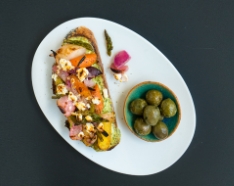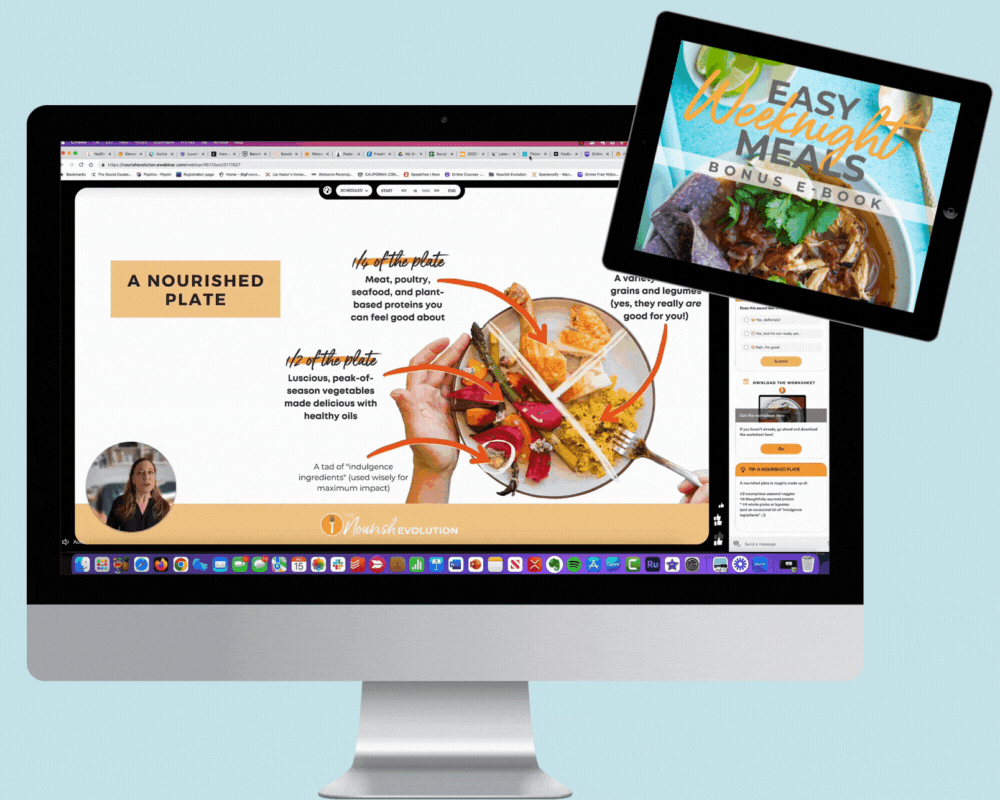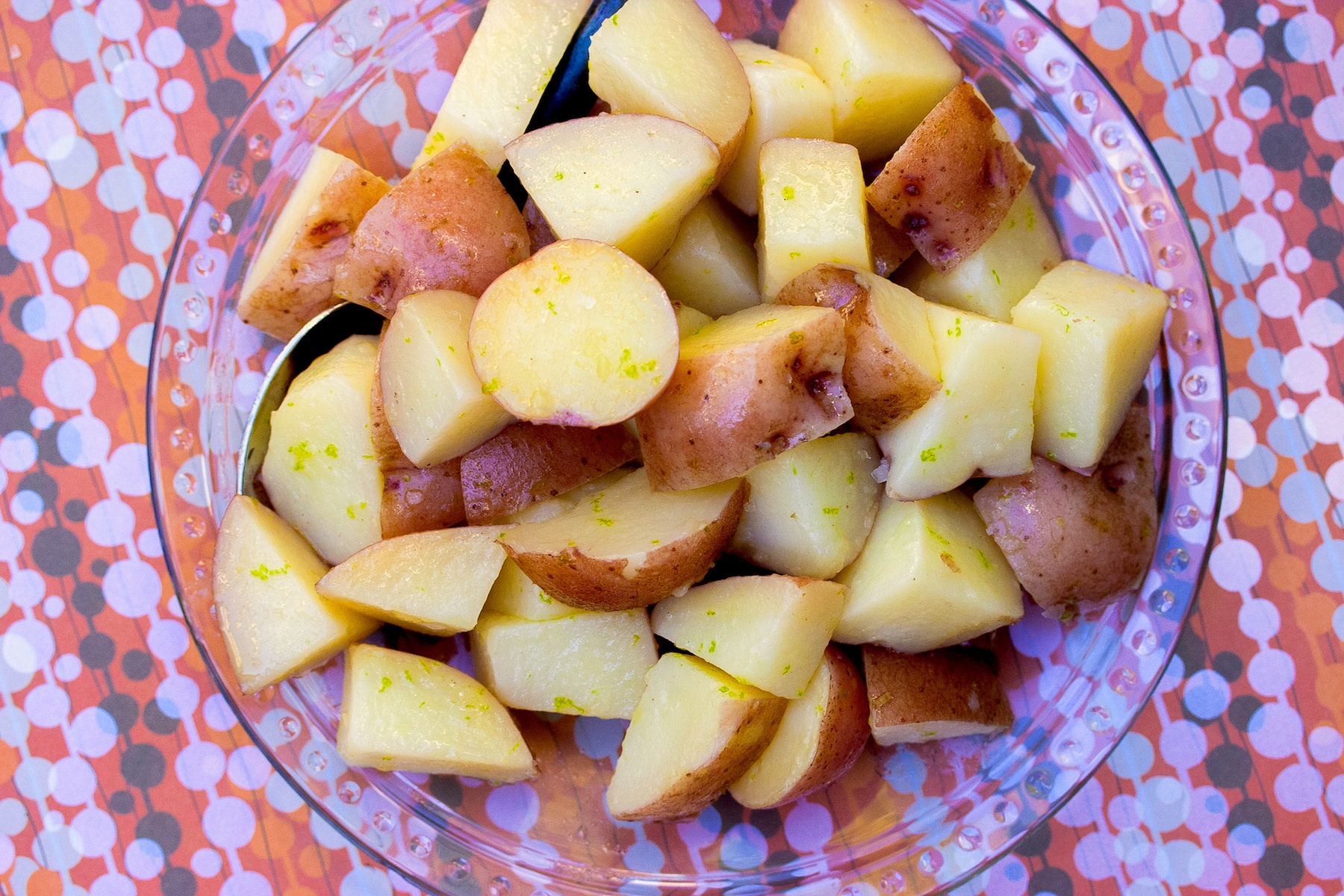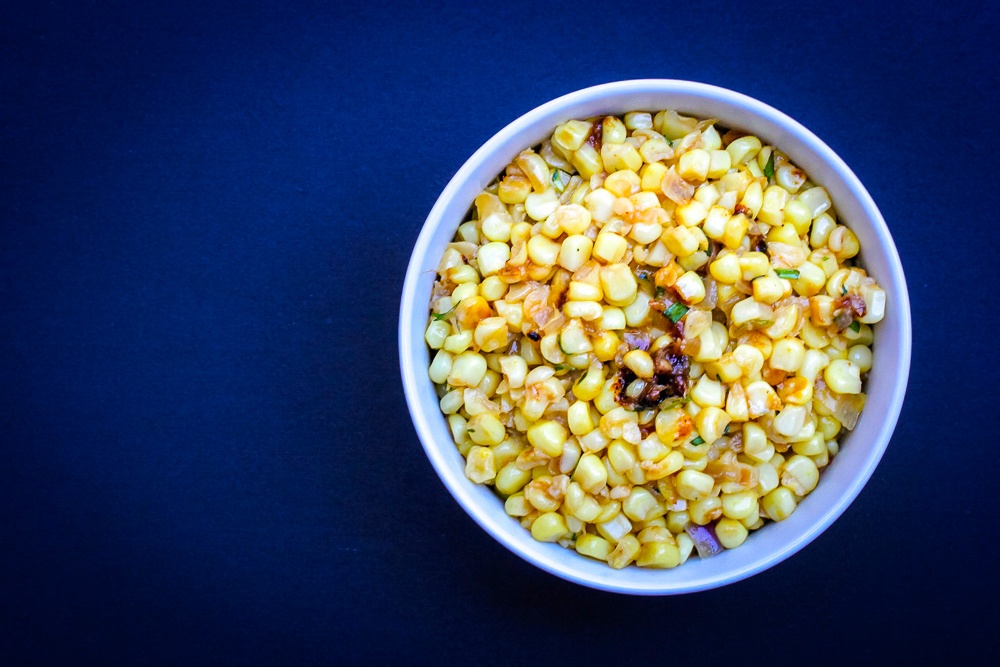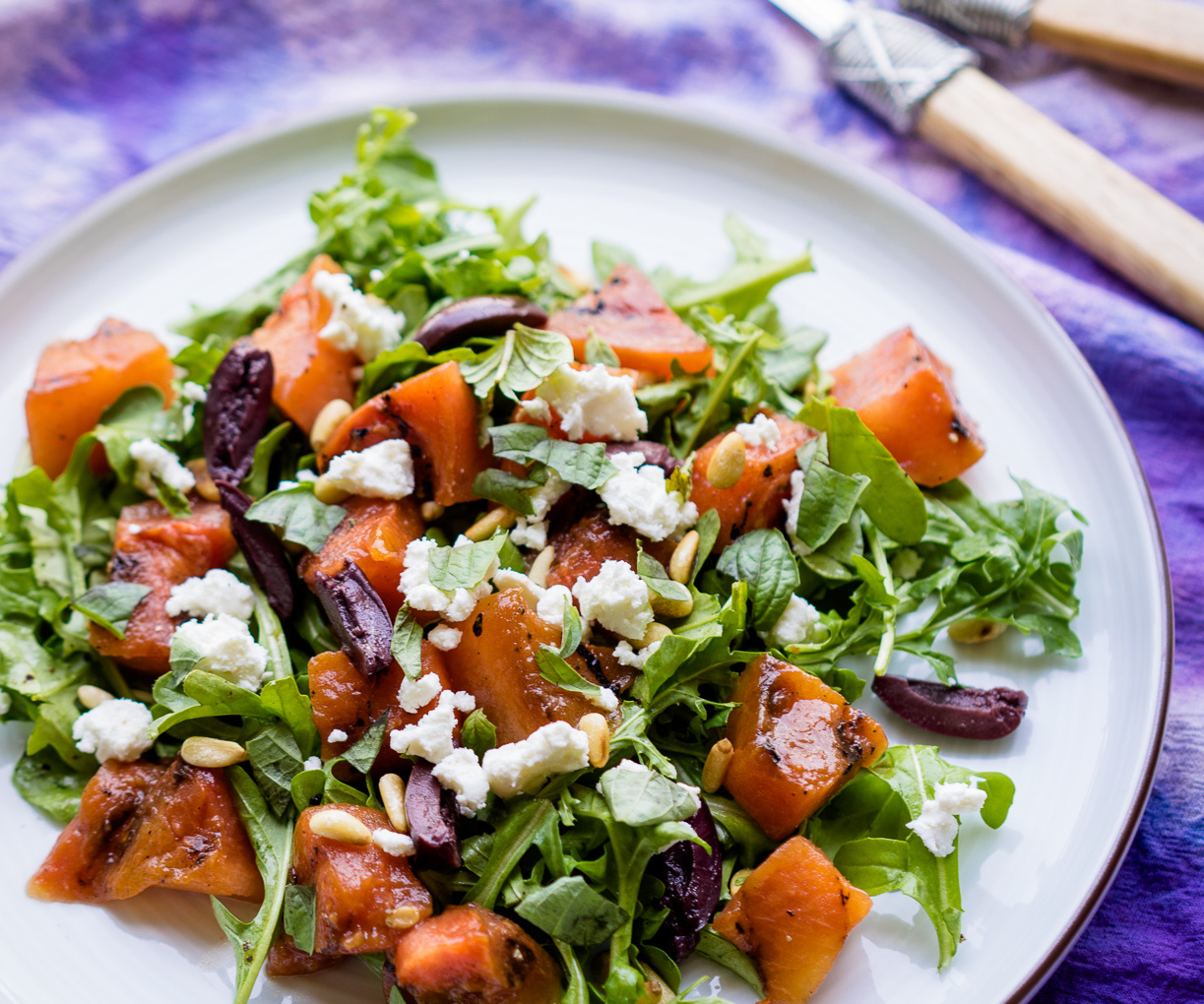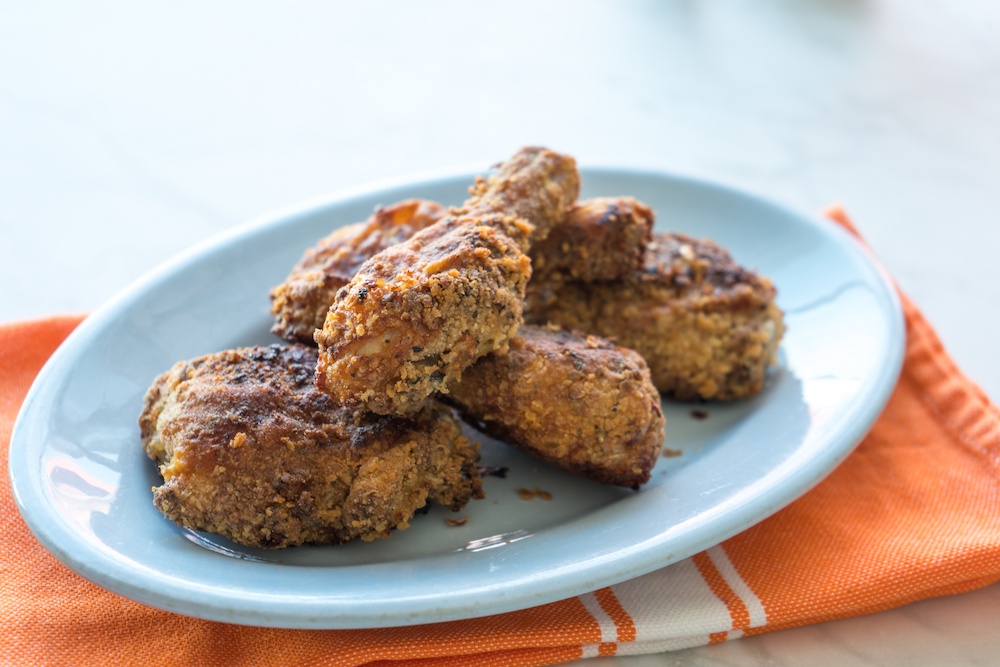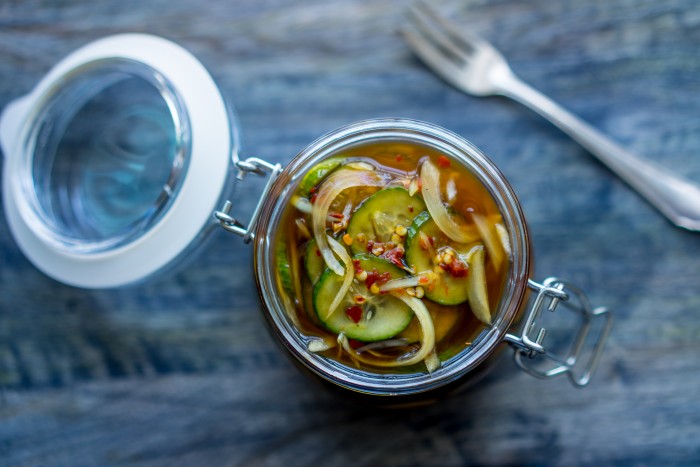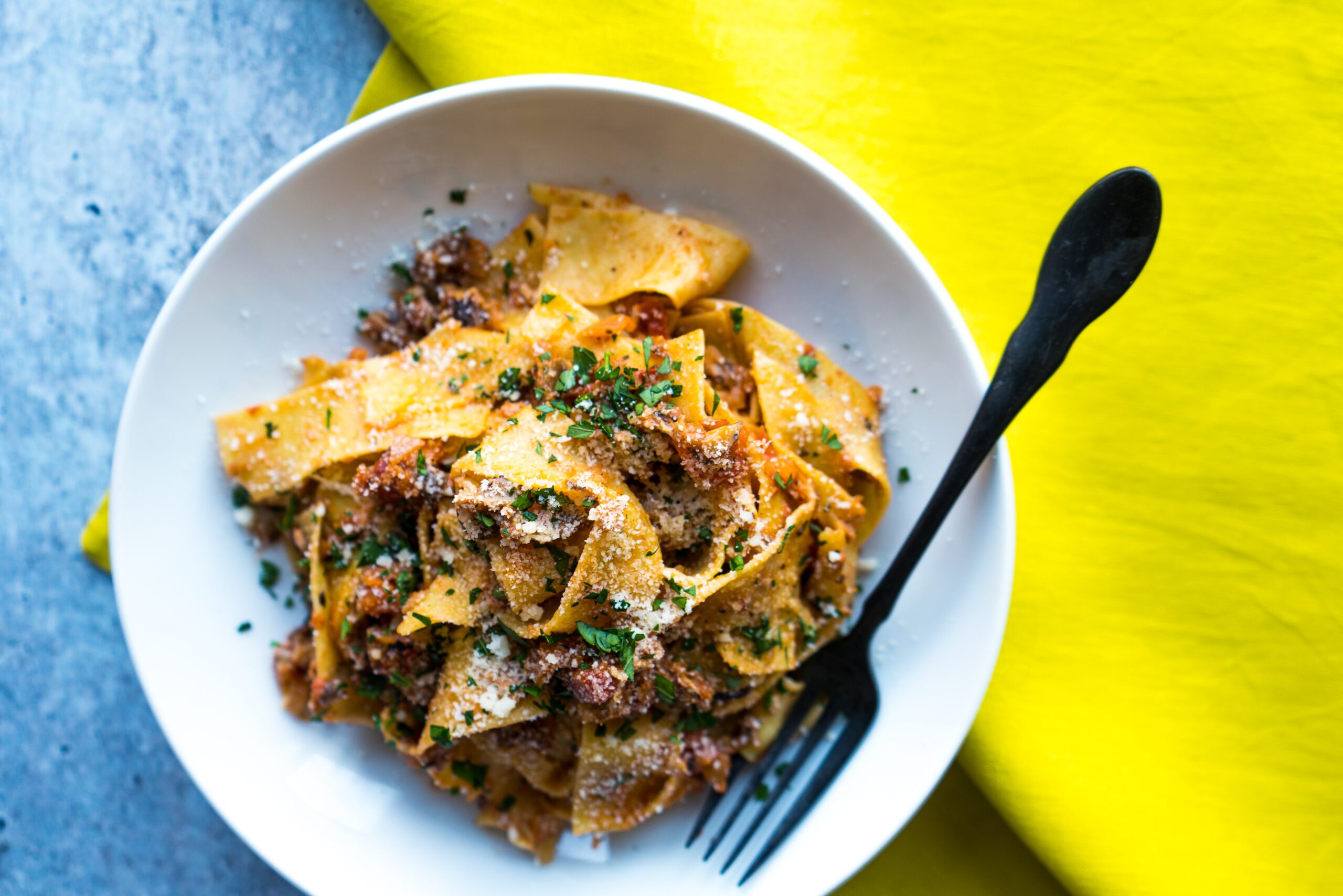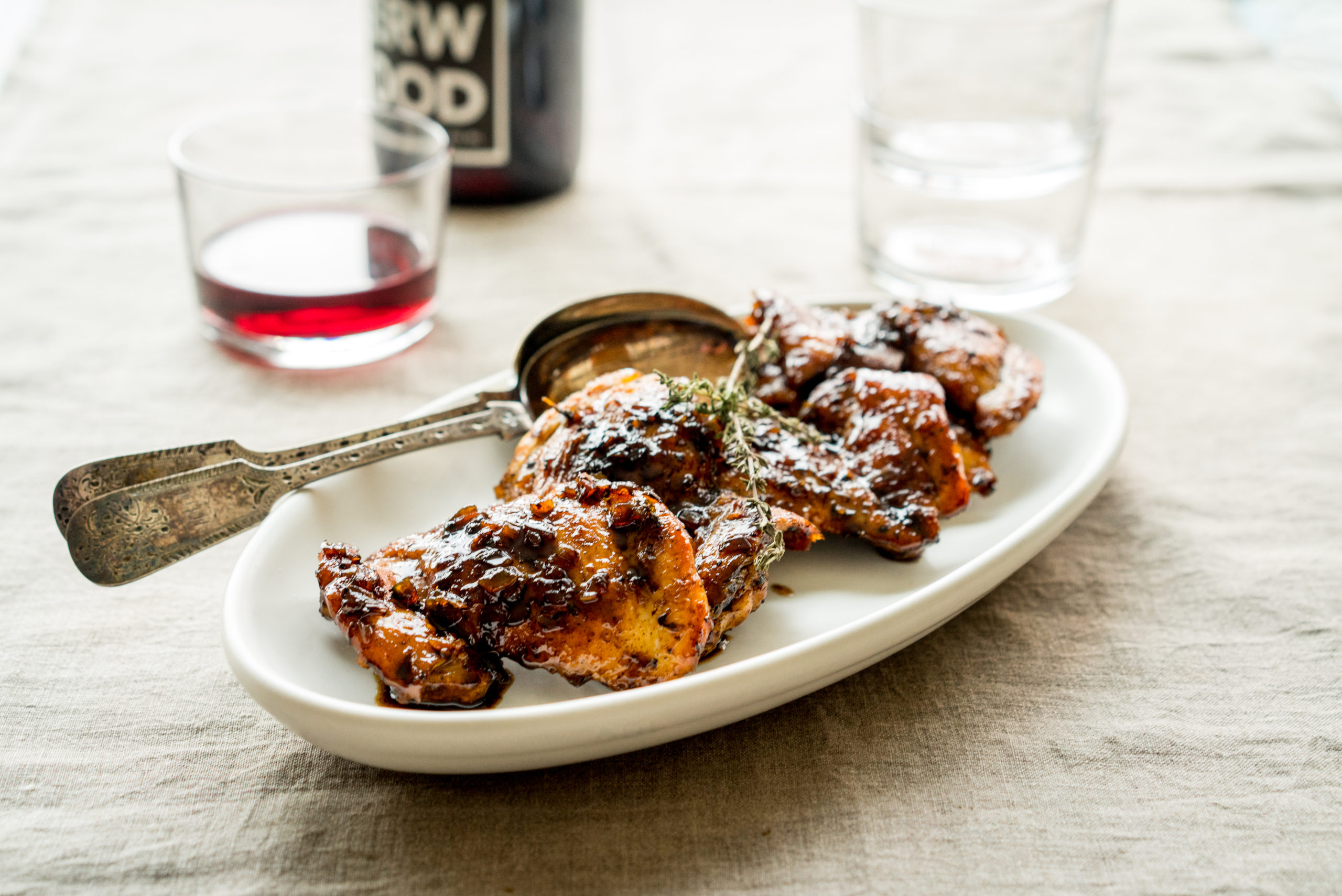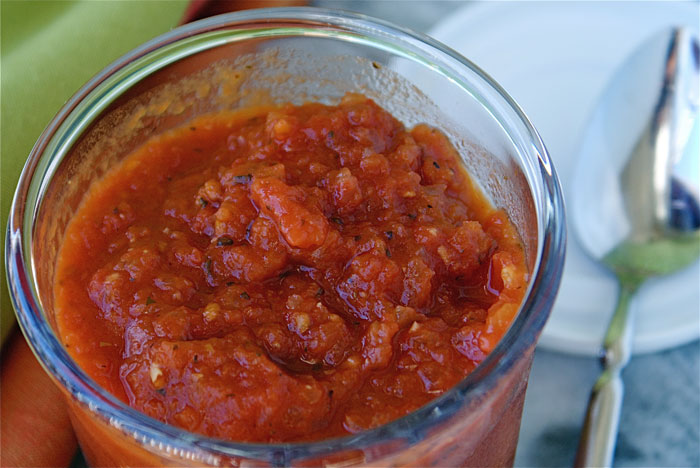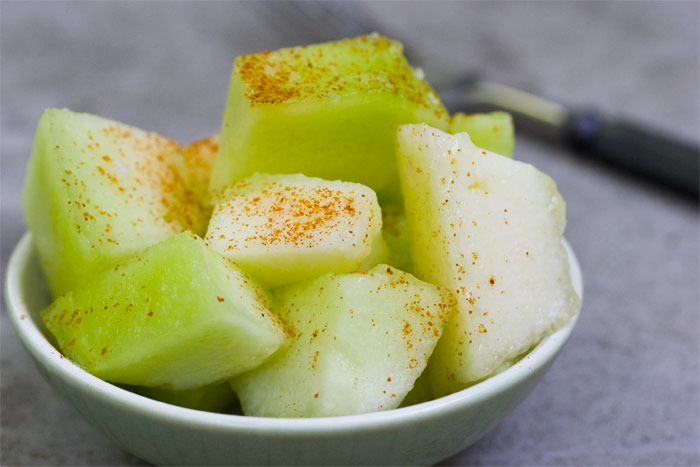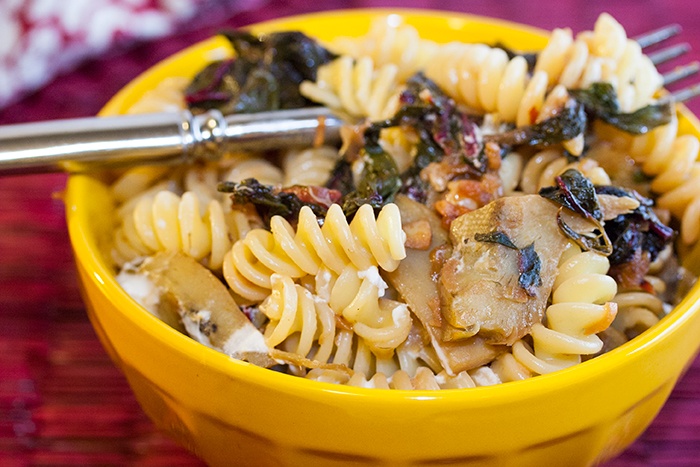Or, more accurately, satiated. Satiety is what we feel when we’ve had enough; it’s what makes us stop eating and what keeps us full. As we amass more and more scientific research on the subject—on both sensory-stimulated behavior and physiological mechanisms—a more complete picture is emerging on just how our appetite is controlled.
Sensory stimuli related to taste and smell are part of the satiety equation. Three sensory phenomena act in concert to make food less appealing to us—both what we’re eating and what’s left on our plates—after we’ve had our fill. Another aspect is a particular hormone released by our GI tract to tell our brains we’re full. The bulk of the research being done on satiety, in fact, focuses on how to stimulate this “satiety hormone” to trick the brain into feeling full; which, quite frankly, troubles me. At least one study, supported by a handful of major pharmaceutical companies, concluded that drugs that “exploit the body’s satiety signals” will play a crucial role in the future.
Personally, I’d rather we focus on becoming more aware of the innate signals our bodies are giving us and the foods that are naturally satiating.
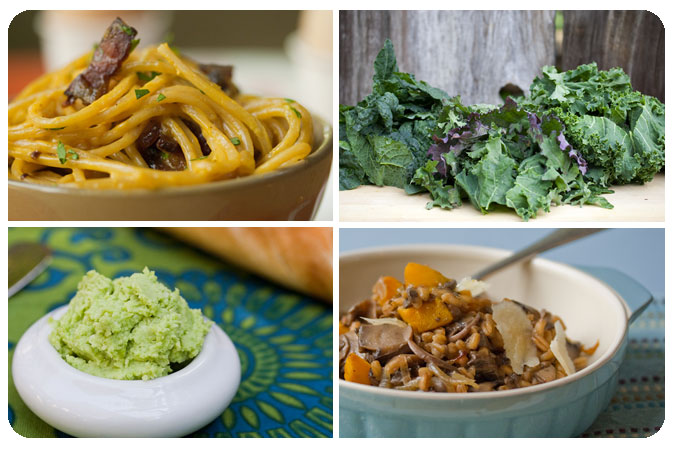 Back in 1995, Susanna Holt, Ph.D, found that certain foods will fill us up faster and make us feel full longer. Through her studies, Holt developed what she called a Satiety Index. She fed subjects 240-calorie portions of 38 different foods, had them rate their appetite on a 100 point index (with white bread being 100) every 15 minutes for two hours, and measured the amount of food they ate at a buffet after that period of time. The results showed that satiety varied greatly from a croissant (at 47 on the index) to boiled potatoes (323) to oatmeal (209).
Back in 1995, Susanna Holt, Ph.D, found that certain foods will fill us up faster and make us feel full longer. Through her studies, Holt developed what she called a Satiety Index. She fed subjects 240-calorie portions of 38 different foods, had them rate their appetite on a 100 point index (with white bread being 100) every 15 minutes for two hours, and measured the amount of food they ate at a buffet after that period of time. The results showed that satiety varied greatly from a croissant (at 47 on the index) to boiled potatoes (323) to oatmeal (209).
Between this original study and a later, similar one limited to different kinds of bread (also conducted by Holt), two factors seemed to correlate quite highly to satiety: energy (or caloric) density and Glycemic Load (GL). The energy density of a food refers to how many calories are packed into a given weight. For example, ounce per ounce kale has far fewer calories than chocolate, which means you have to eat much more kale—by weight—to get to the same amount of calories you’d get from a small amount of chocolate. Setting aside other factors, sheer volume alone means you’ll feel a lot fuller on 240 calories of kale than you will chocolate.
Glycemic Load, on the other hand, has to do with how great of a rise in blood sugar a particular food triggers. Foods with a high Glycemic Load, like pancakes from a box mix (at 38 on the GL scale), trigger a more dramatic rise in blood sugar than foods with a low Glycemic Load like lentils (which scored a 5). This lines up with Holt’s note in her latest study that breads that were “difficult” to eat—the bulkier, grainer breads that required more chewing—had a higher satiety factor. In other words, foods that are highly refined and don’t require much work on our parts, externally or internally, don’t satiate us as much.
Do you notice a recurring theme here on NOURISH Evolution? Inherently healthy food also helps us maintain a comfortable weight. This was a revelation to me as I discovered different facets of this canon with each piece I wrote for various publications, and it’s a revelation I’m hoping to pass on to others—to come to in their own way, in their own time—through the articles here on NOURISH Evolution.
